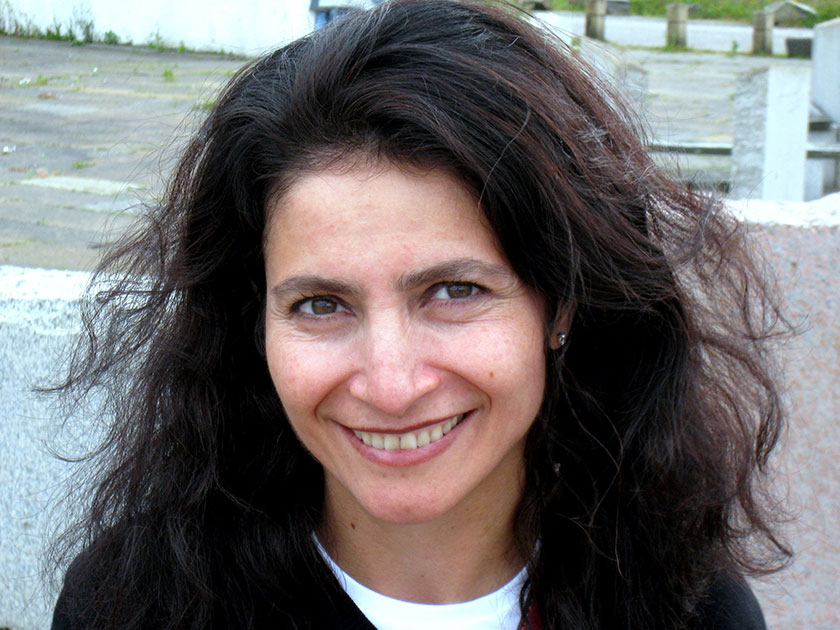Defence Team celebrates scientist accelerating command and control during Women’s History Month
October 27, 2022 - Defence Stories

Caption
DRDC’s Hengameh Irandoust has been researching command and control (C2) systems for 20 years. Her work is helping the Canadian Forces increase the speed, efficiency and accuracy of C2 decision-making.
October is Women’s History Month in Canada, a time to celebrate the women and girls from our past, and our present, who are contributing to a better, more inclusive Canada. Dr. Hengameh Irandoust knows something about overcoming challenges to pursue academic and career success as a woman in science.
Born and raised in Iran, Dr. Irandoust immigrated to France after the Iranian revolution and persevered to achieve higher education despite arriving in a new country as a teenager and learning a new language.
“I always knew I should not give up on my studies and that education was the path to salvation,” she muses. “Education is highly encouraged in Iranian culture and women know that it is key to independence and better life standards.”
Dr. Irandoust completed her PhD in cognitive science in France before another challenging move to Canada to pursue her post-doc, and make a place for herself in the Canadian research community.
“I always felt inspired by educated people in different spheres who make us think and ask questions,” Dr. Irandoust says.
During her post-doc, a university professor invited Dr. Irandoust to work on a Defence Research and Development Canada (DRDC) contract, which led her to apply for a full-time position in defence science. At DRDC, she brought her academic experience to help solve the complex problem of accelerating command and control (C2) for the Canadian Armed Forces. C2 is essential to planning, developing and carrying out all military activities. It allows commanders to make the most of their resources – such as people, equipment and information – by enabling better situation analysis and decision-making.
“During C2 operations, operators are subject to information overload, uncertainty, and time pressure, which can all lead to decision errors,” Dr. Irandoust explains. Her research uses human-autonomy teaming to get the best of both worlds. “Neither human operators nor automation-based systems can overcome the challenges of C2 in modern warfare on their own. They need to work together.”
To do this, Dr. Irandoust breaks down C2 decision-making tasks into smaller tasks to understand their requirements in terms of reasoning and computation. Automation-based decision support systems can quickly process large amounts of information and facilitate their interpretation, but the supervisory control remains with the operator. Recently Dr. Irandoust has been investigating questions such as how the human and the automation-based system can effectively interact together on a task, how sensitive this interaction is to external factors, how the human and the system can adapt to those factors, and most importantly how to increase human trust in the system.
“My job allows me to be creative and to dive deeply into interesting subjects,” she says, adding that it also opens up many collaborative opportunities with academia, industry, military clients and international partners.
With more than 20 years of experience in defence science, Dr. Irandoust is still driven to ask questions, tackle complex problems and bring a variety of perspectives to developing solutions. “I believe that knowledge, whether it is in science, arts or literature, is what allows us to have a deeper reflection on the world and thus achieve a fuller experience of life.”